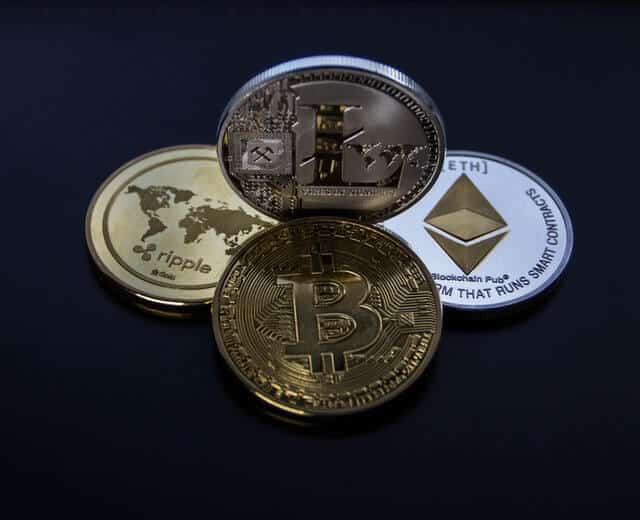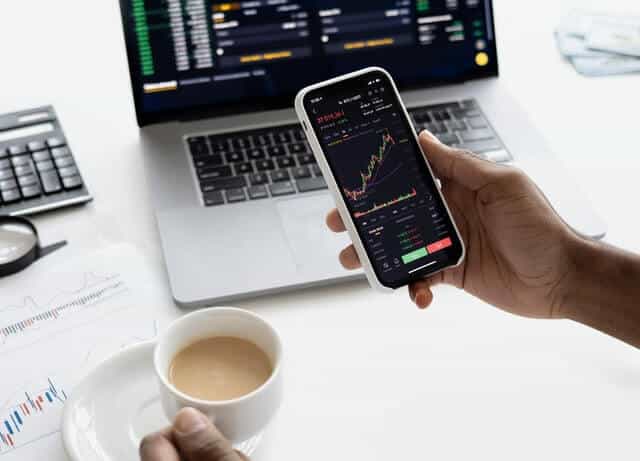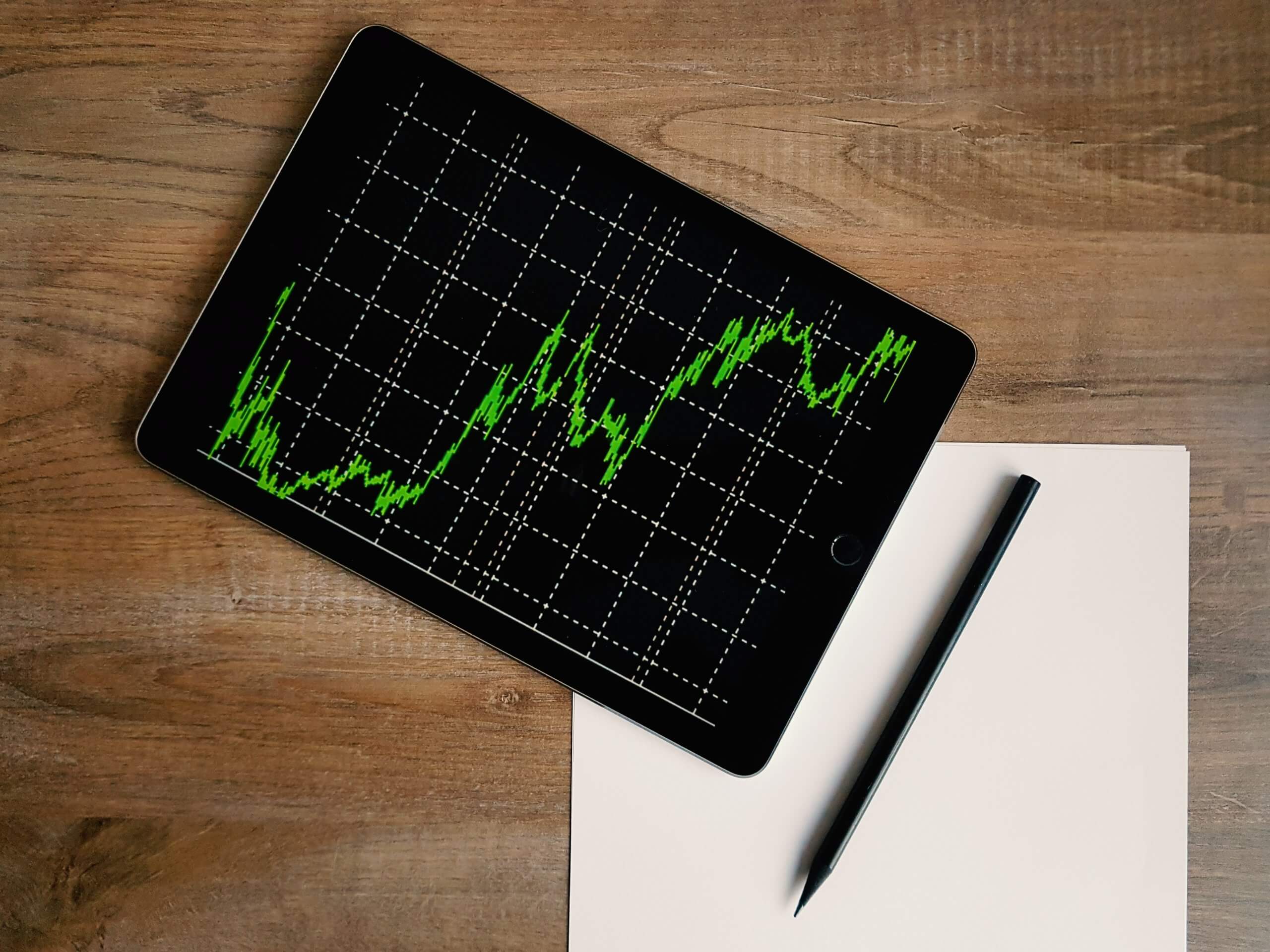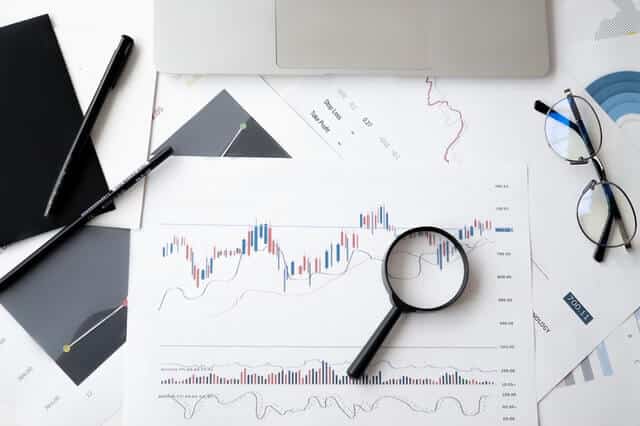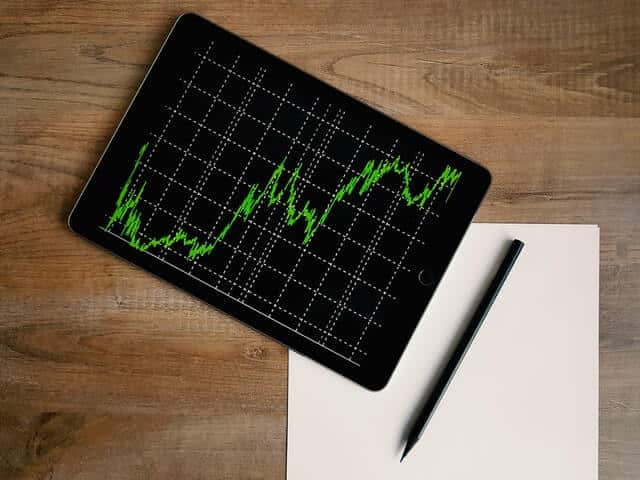As the entire crypto market expanded in recent years, investors are wondering how to day trade crypto. Day trading is also a good way for traders to make some profits with the daily fluctuations of virtual currencies, which tend to move a lot.
For example, we can see that Bitcoin moved in recent hours from $18,400 to $17,200 and then again back to $18,200. These fluctuations tend to take place in the cryptocurrency market on a daily basis and in different trading pairs.
In this guide, we will share with you how to day trade crypto and how this can help you make some profits.
Disclaimer: this post should not be considered investment advice. This is only for educational purposes only. Never invest more than what you are able to lose and always ask for information to your professional financial advisors. We are not financial advisors.
What is Day Trading?
Day trading is an activity that allows users to make profits with the fluctuation of the price of different assets. These can be commodities, stocks, cryptocurrencies or currencies. It can be a great way to increase profits by using leverage as well.
A leveraged buy position can be very positive if you are able to catch a small increase in the price of Bitcoin. You can even double your return with it. However, there are very high risks involved in leveraged trading. This is why you should use a tight stop loss and never invest more than what you are able to lose.
The goal behind day trading is to get a large number of winning trades that would help you to increase your profits. You do not need to have one large trade, but several small trades that would be profitable.
How to Day Trade Crypto?
There are some things that we need to take into consideration before we day trade crypto. The first thing you need to have is a strategy. Without a strategy, it would be very difficult to start day trading cryptocurrencies.
BY using a strategy, you stick to a set of rules that would not be influenced by emotions. Being able to select the right strategy is going to be a key thing. The market could be growing and you set a price target where to sell. If you don’t sell there, because you suppose the market could continue growing, then you can be affected by a sell-off and lose your profits.
Specifically, trading with a strategy would avoid your emotions to rule you rather than your plan, which can be very accurate. You can use different strategies on how to day trade crypto. You can use momentum trading which would allow you to buy an asset that is massively growing, get the profits of the price increase and then sell as soon as the market retraces. You can also use breakout strategies. This is to invest in an asset that is breaking out from a patter or figure and you see it could be a good moment to enter.
You can also follow a wide range of indicators that would provide you with valuable data on when to enter or exit the market. You can use EMAs, Bollinger Bands or the RSI, among others. Volume can be also a good tool to understand price movements or changes in the trends.
At the same time, you can always use your trading strategies and use trading signals from signals providers. If you want to learn how to day trade crypto, trading signals groups for virtual currencies have been growing in recent years. They are sending users Telegram messages with information about when to buy or sell an asset.
Trading signals can be a great solution if you are a newcomer. The team of experts behind these groups will share all the information you need to know to be profitable in the market and day trade crypto. Crypto trading signals can also be used by expert trades that want to get additional information about the crypto market.
Conclusion – How to Day Trade Crypto?
In this post, we have shared many ways on how to day trade crypto. However, we consider that having a clear strategy, sticking to it and close your trades with a small profit will allow you to have a good time trading virtual currencies. You can easily start doing so in just a few minutes and learn from the best if you follow crypto trading signals groups.






